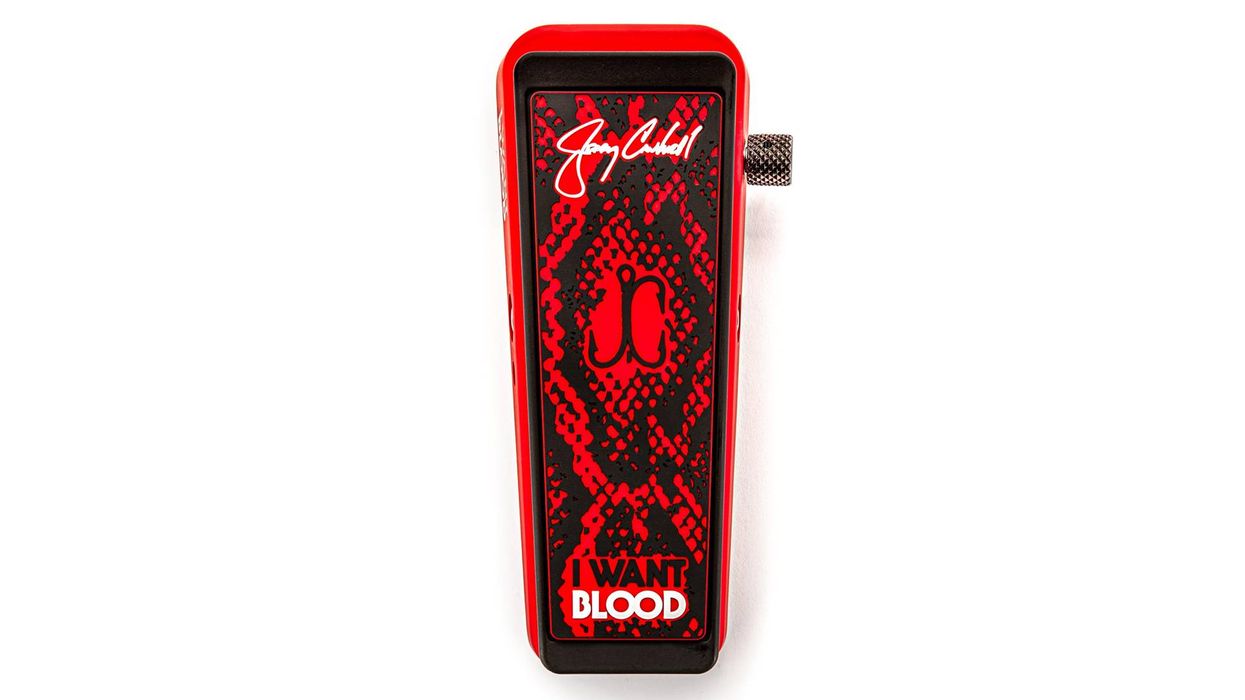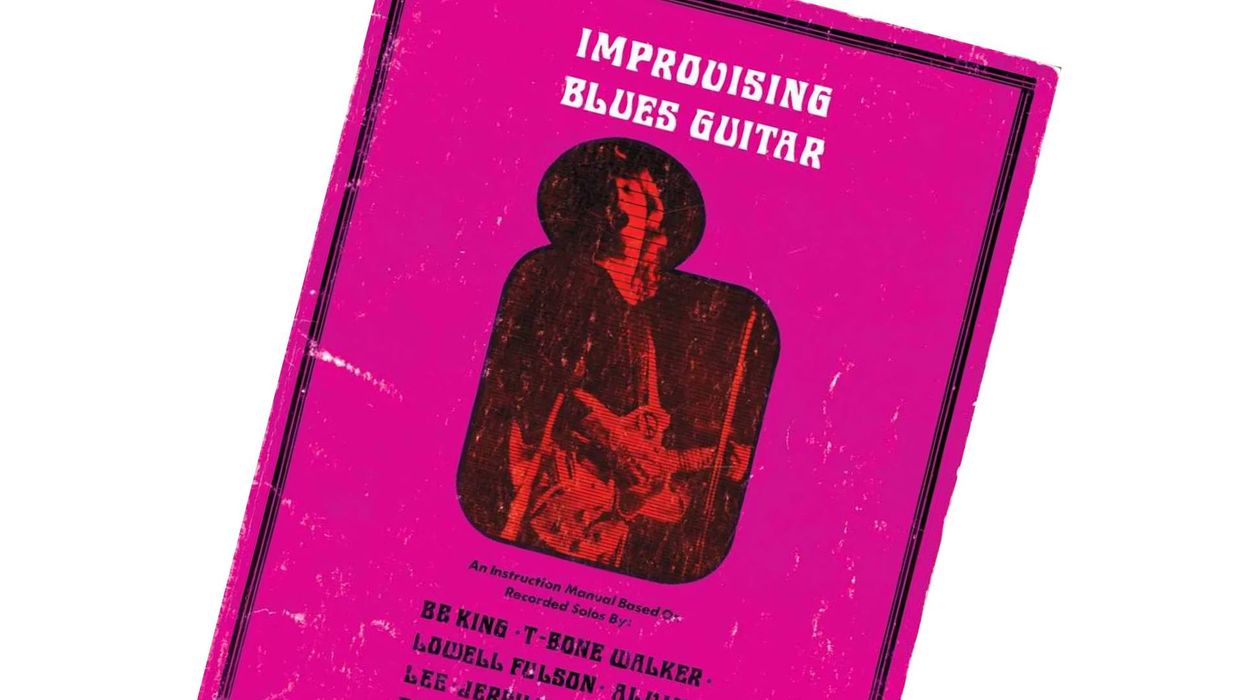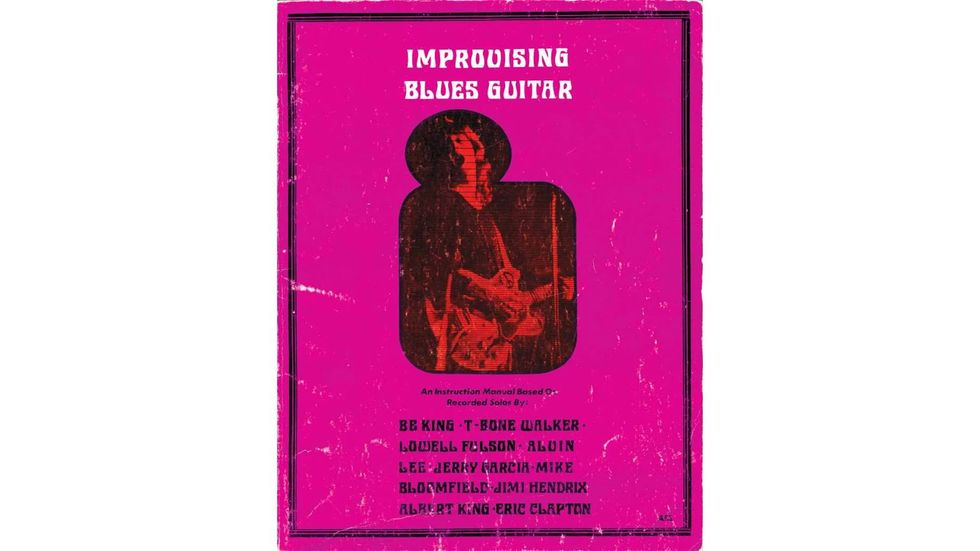 Over the years I’ve encountered countless questions during my time on the gig, particularly during set up and tear down. I believe there are no stupid questions – if you don’t have the info you want, asking is often the first step to get it. I do, however, get a chuckle from time to time as I imagine the personal perspective from which some questions are spawned – but I’m also impressed with the amount of knowledge running in the background for those who seek information. In the spirit of the illustrious top ten list, I would like to share some of those questions and my typical answers. I do want you to know, however, that I sincerely enjoy meeting gearheads, so please don’t hesitate to ask questions if you see me on the gig. Drum roll, please:
Over the years I’ve encountered countless questions during my time on the gig, particularly during set up and tear down. I believe there are no stupid questions – if you don’t have the info you want, asking is often the first step to get it. I do, however, get a chuckle from time to time as I imagine the personal perspective from which some questions are spawned – but I’m also impressed with the amount of knowledge running in the background for those who seek information. In the spirit of the illustrious top ten list, I would like to share some of those questions and my typical answers. I do want you to know, however, that I sincerely enjoy meeting gearheads, so please don’t hesitate to ask questions if you see me on the gig. Drum roll, please: 10. Can you get my guitar signed?
This one always makes me smile. It’s sort of like writing a letter to Santa because they are asking for a gift and there’s seemingly only one way to make it happen, even though it’s a bit of a fantasy, unbeknownst to them. I have no power over Larry Carlton, Robben Ford, Brent Mason, Steve Lukather, Nathan East, Michael Rhodes or any of the other musicians I’ve worked for, but somehow fans think if they ask me, I’ll be able to bestow that gift upon them. And then there’s the occasional person who gets upset if he doesn’t get his gift; it is both amazing and comical to see grown adults throw tantrums because they didn’t get what they wanted.
9. Do they always play this loud?
Well, it’s called an amplifier. If you’re going to choose a spot where it’s too loud, change your channel and move. I have no hearing loss whatsoever and I’ve been on the gig for a long time. If you go hear your favorite guitarists live, bring earplugs or just get ready for loud volumes.
8. Can I have a pick?
This is always a yes for me. All the greats have tons of picks and generally don’t mind at all if a few are given away at the end of the gig – especially if the picks are worn out and won’t be used again.
7. Where do you go next?
I always wonder why people want to know this, but I usually say home.
6. How does the pedalboard work?
It’s different for everybody, but I suspect what they actually want to know is, “What is going on down there and how does it change the tone like it does?” For example, Larry Carlton uses the same pedalboard all the time (see my article from the September issue), while Robben Ford changes things up from gig to gig, and Brent Mason has several different boards he uses for various settings. As a side note, the last session Brent and I did together, he plugged straight into an amp from a 335 – don’t see that very often.
5. How do you set up those guitars?
This usually ends up as an introductory lesson on guitar setups. I go through what a truss rod does, how to adjust a saddle, how to set intonation and when frets need a level and dress. It’s not rocket science and most people can do the basics. I just think they’re a little afraid to step into that world.
4. What strings are you using?
Naturally, a great question, as people want to figure out how their heroes do what they do. I invariably say the brand and the gauges, but often ask them what they use, as well.
3. What kind of pickups are in that guitar?
Again, people are trying to hone in on tone and learn how they can emulate the sound they hear. I give them every detail possible. Pickups are a major part of guitar tone and there are a ton of them, all designed for different sounds and types of music.
2. What’s in your tech case?
I give it up totally. All my tools, the backup pieces of equipment, strings, types of winders and cutters, voltmeters, adaptors, spare parts and so on. I also give a lengthy soliloquy about why I carry what I do and how often I use each component. By that time they are ready to leave, so I guess it serves a dual purpose.
1. How did you get this gig?
My favorite question. Initially, I had no business being a tech. Larry Carlton knew me as a friend and fellow jazz guitarist and needed someone to sub for Sammy Sanchez (one of the greatest guitar techs of all time). He knew I could string correctly, do basic setups, and he trusted me with his guitars, so he asked me if I wanted to go. Four years later, I’m still subbing for Sammy, but I’ve definitely become a tech. There’s nothing like being totally unqualified and jumping in at the highest level in the business! In reality, it’s the question I ask myself every time I go to the gig.
Rick Wheeler
Rick Wheeler currently works as Larry Carlton’s guitar tech and front of house engineer. He is also an accomplished jazz guitarist, vocalist, and educator. You can contact Rick at rickwheeler@hughes.net

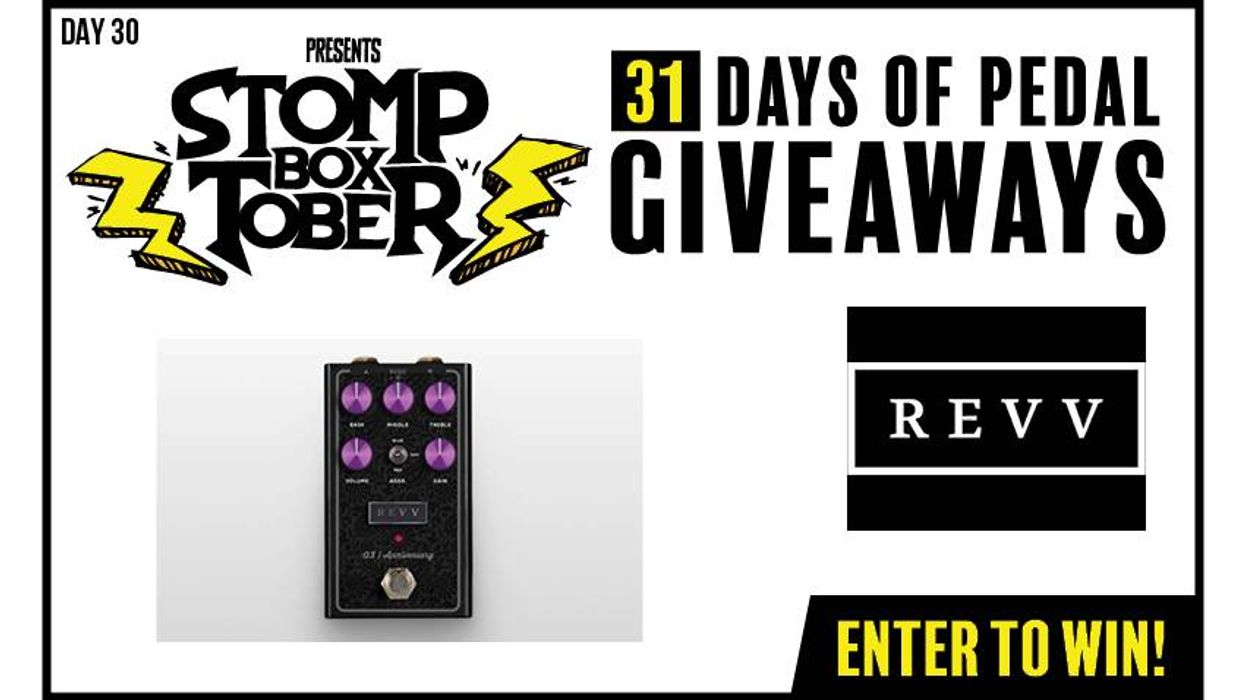

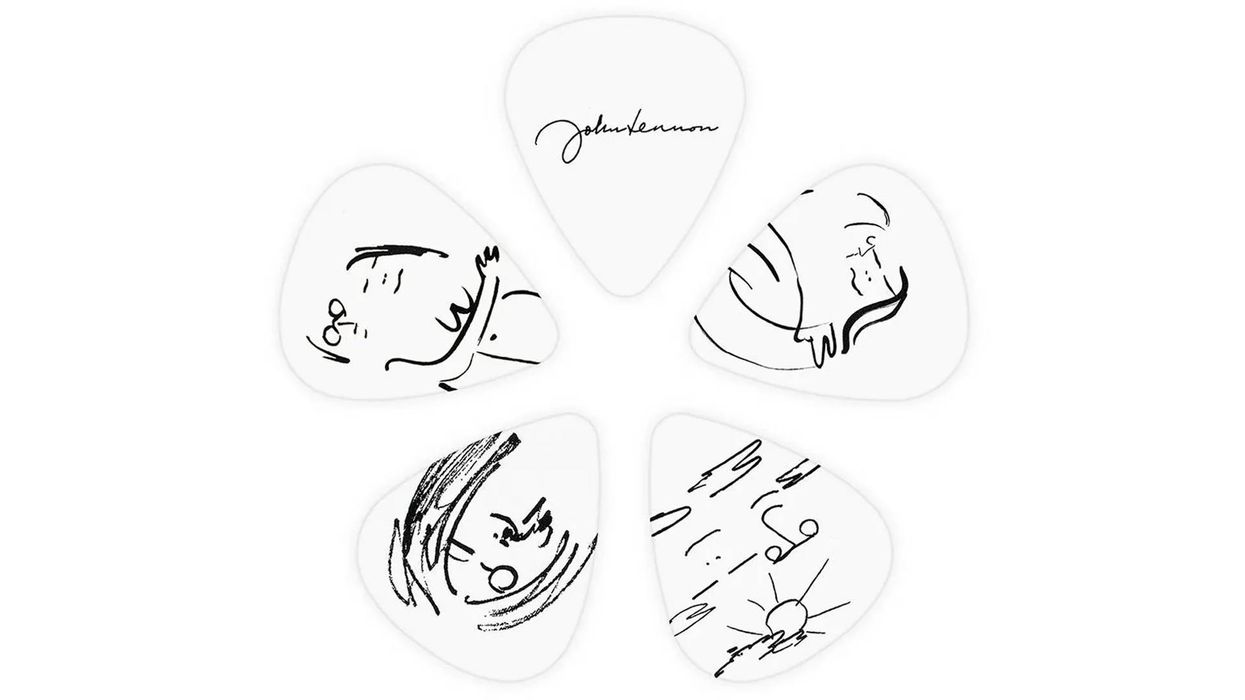
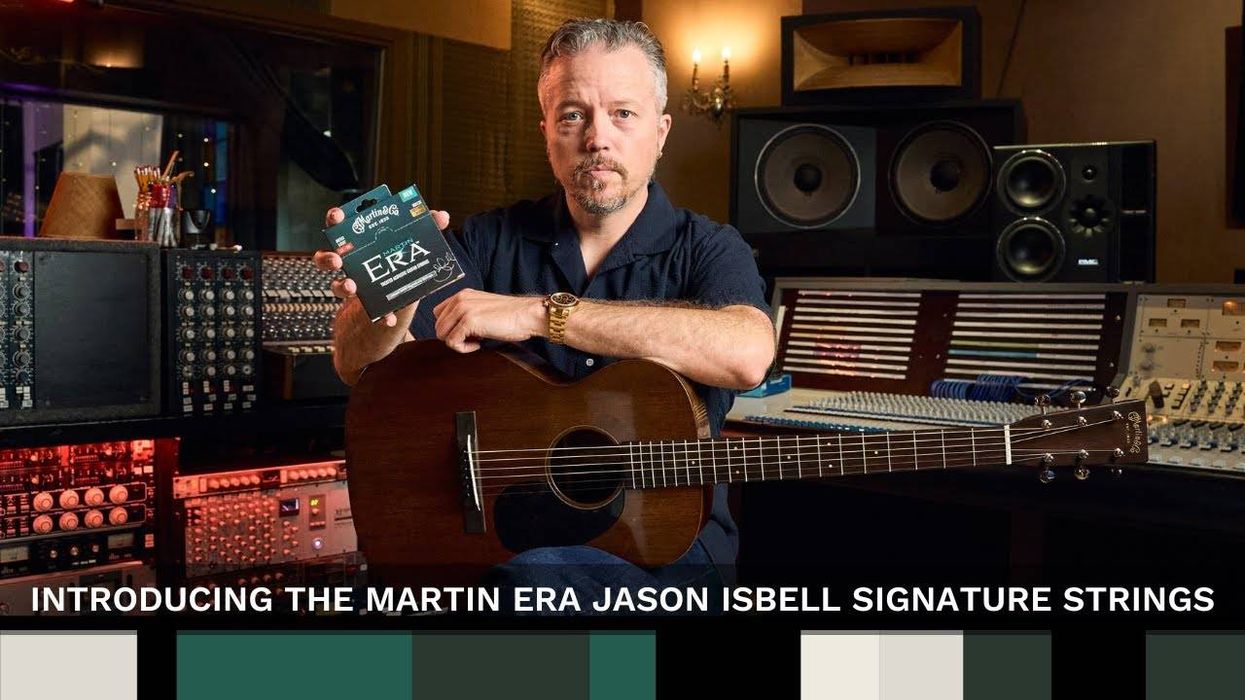


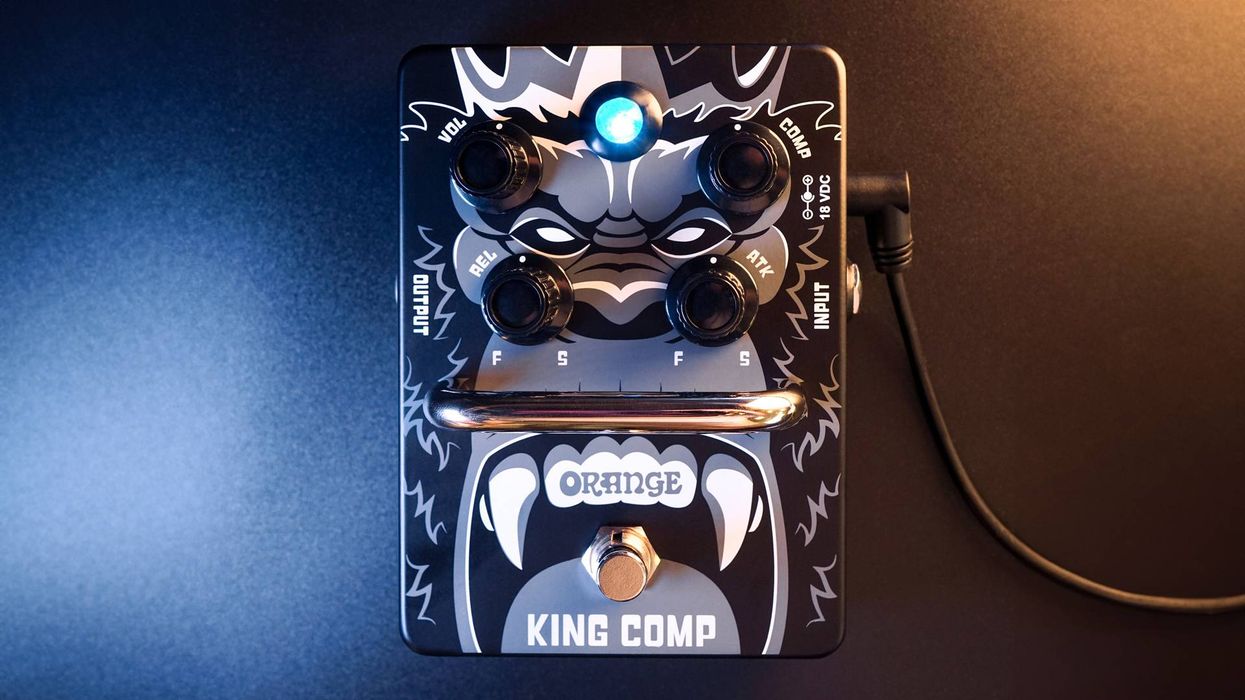

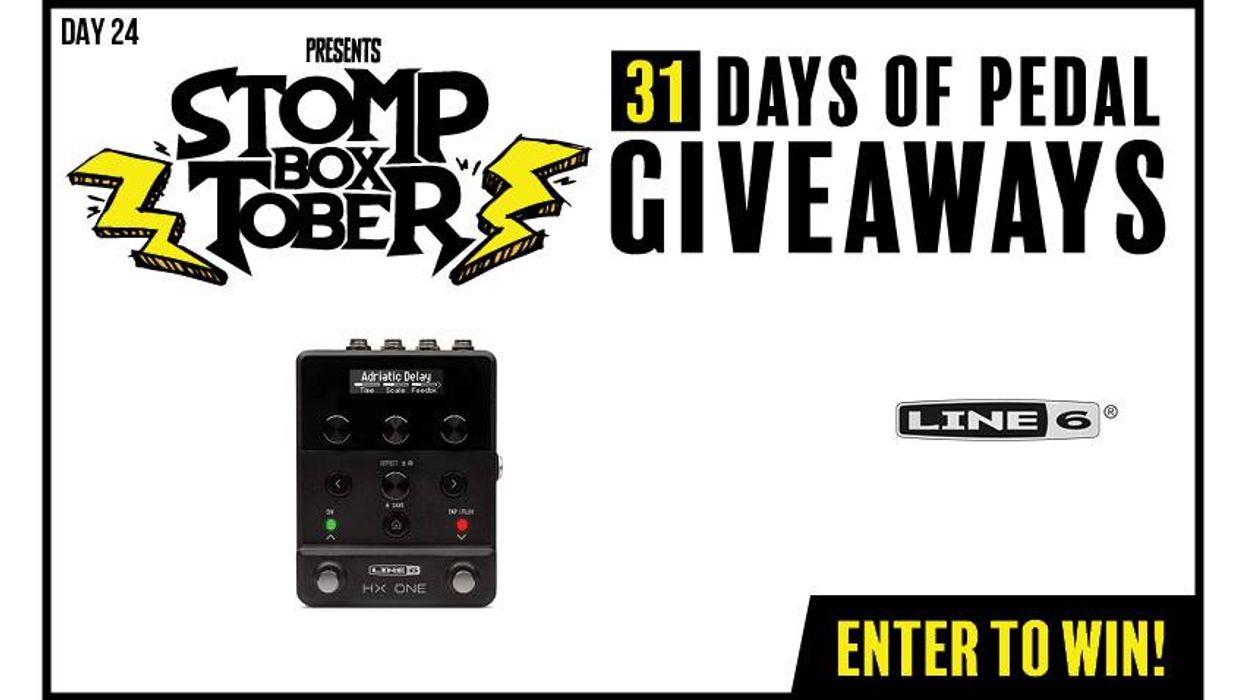











 Zach loves his Sovtek Mig 60 head, which he plays through a cab he built himself at a pipe-organ shop in Denver. Every glue joint is lined with thin leather for maximum air tightness, and it’s stocked with Celestion G12M Greenback speakers.
Zach loves his Sovtek Mig 60 head, which he plays through a cab he built himself at a pipe-organ shop in Denver. Every glue joint is lined with thin leather for maximum air tightness, and it’s stocked with Celestion G12M Greenback speakers.







